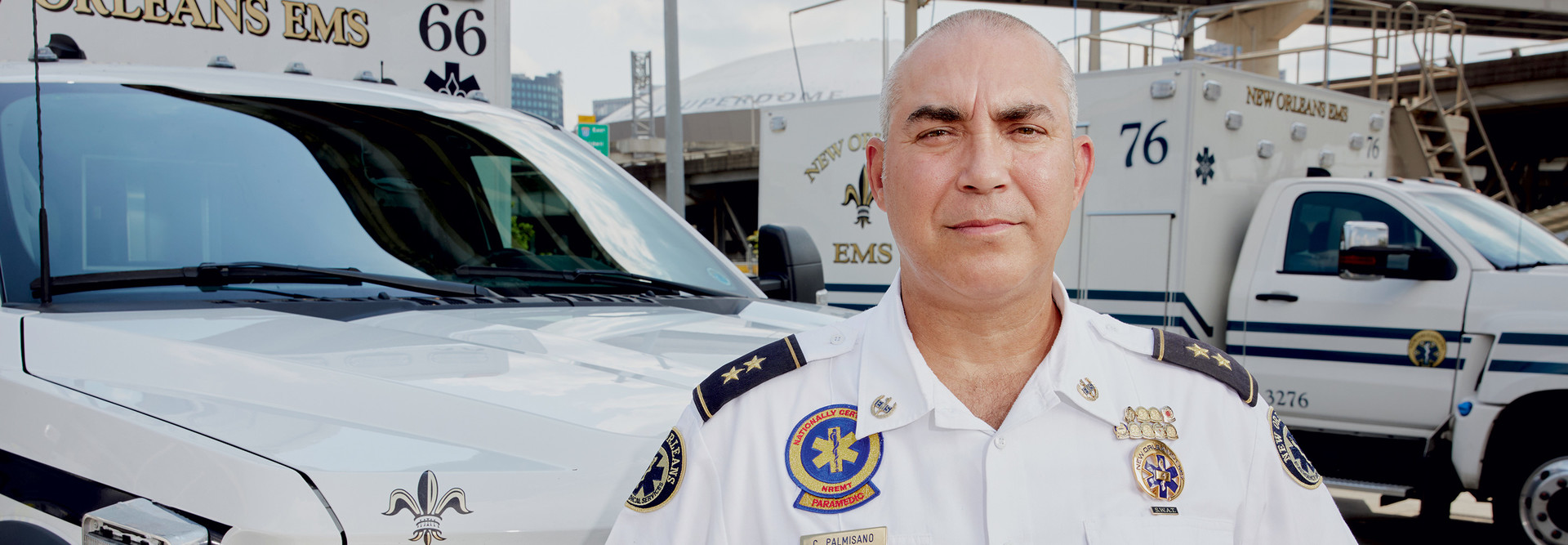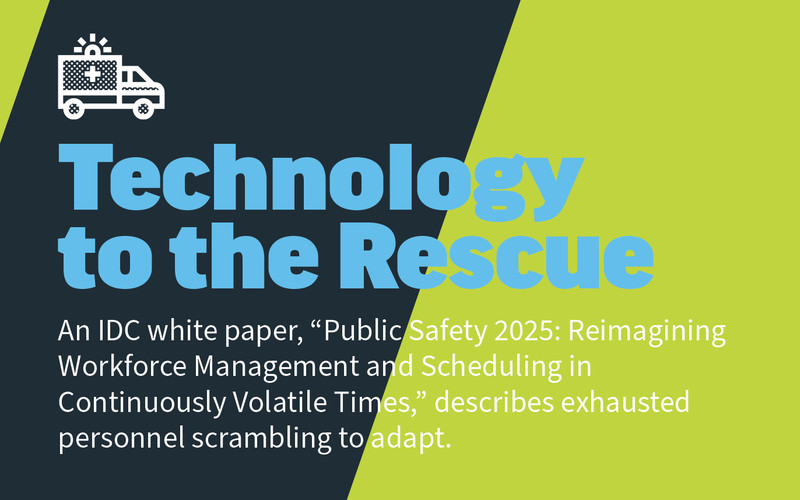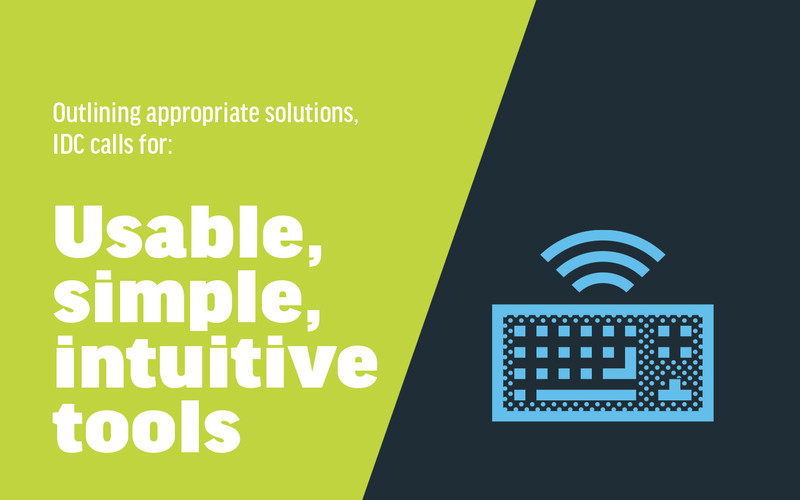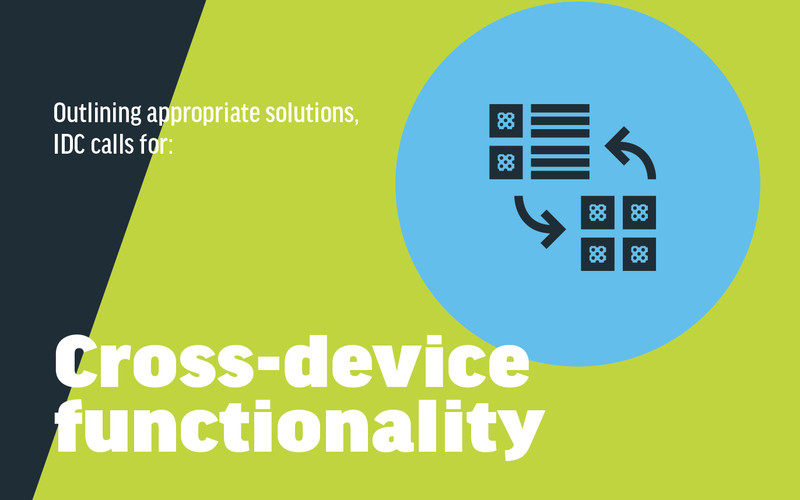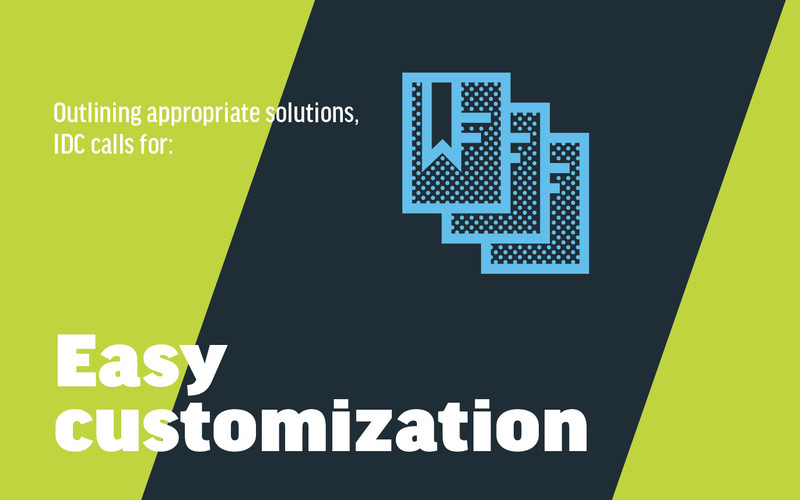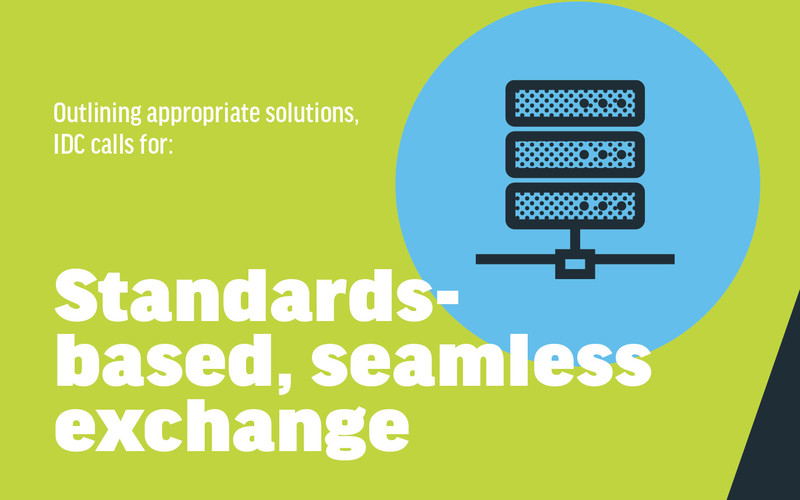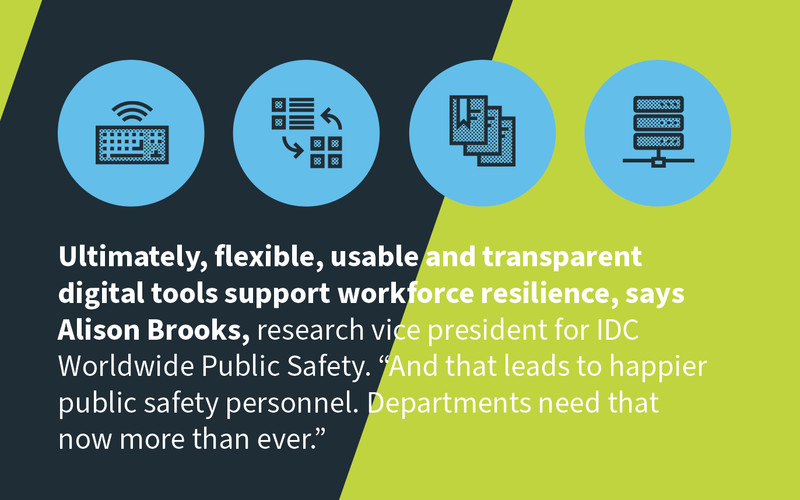The nation’s EMS and fire departments are at an important juncture, says Alison Brooks, research vice president for IDC’s Worldwide Public Safety practice. With the pandemic behind them, most still face personnel challenges (staff burnout, widespread resignations) even as they’re called on to handle fresh crises, from climate disasters to an opioid epidemic. Technology solutions help them navigate these challenges.
“Everybody thinks of EMS as an essential service, but from a budget and governance perspective, only a few states operate that way,” Brooks says. “So, technology can serve as a multiplier. Today’s solutions are easier to use, with better capabilities across the board.”
According to IDC, 2023 was the first year that public safety agencies spent more on digital initiatives than on nondigital programs, with a focus on ensuring collaboration, continuity of communications and real-time situational awareness.
Cloud Solutions May Assist with Public Safety Challenges
Moving to the cloud has been a key enabler for EMS and fire agencies, Brooks says, but so has greater usability. “We’ve seen a push by EMS and fire agencies for solutions that are more seamless, more intuitive and more user-friendly,” she says
In New Orleans, the goal is to transform services and boost safety — both for citizens and for city workers.
The Samsara solution “gives our operators real-time information,” Palmisano says. “If they’re driving too fast, it alerts them to slow down. Using face recognition, it securely recognizes that the proper person is operating the vehicle. And the outward-facing cameras allow us to better triage resources for big events.”



